Smudging is an ancient Native American practice of burning herbs to purify any place or person. It is known to dispel negative energy and invoke positivity. Let us take a look at the most commonly used herbs in smudging.
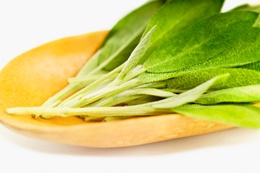
The practice of smudging takes us centuries back into Native American history. The hypothesis states that the purpose was to purge the area of all negativity, as the smoke was known to repulse negative energy and spirits. The negative energy would cling to the smoke, leaving behind a sanctified surrounding. As the smoke cleared, it took the negative energy along, disposing it higher so that it got converted to positive energy.
Smudging brings about a sense of harmony in the area, making it devoid of negativity. It makes you 'tuned in' to the vibrations around you. As the basic idea happens to be 'cleansing', the ultimate aim is to attract positive vibes. All said and done, smudging is not something that can be casually performed as there is a lot of ingredient role-play involved. Each herb used in smudging has its purpose, the burning of which brings about a specific change in the surroundings. Some common herbs used in smudging are sage, sweet grass, frankincense resin and myrrh resin. Let us understand their individual uses.
Common Smudging Herbs
White Sage
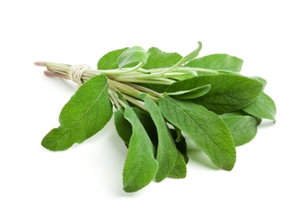
White sage or
Salvia apiana is sacrosanct to the Native Americans. A vital quality of sage is that it clears negative energy and prevents it from re-entering the area, which explains why it is recommended to be used at the beginning of the smudging process.
It has a sharp, minty aroma that arouses the senses. The use of sage gets you in the right state of mind just before you begin to pray.
Sweet Grass
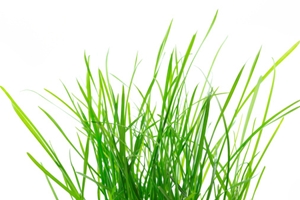
Having succeeded in restoring sanctity, you can now proceed to burning sweet grass, also called
Hierochloe odorata. Distinguished by properties known to invoke positive spirits, burning sweet grass is the subsequent step. Also known as vanilla grass or holy grass, it finds itself on the sacred herbs list of the Native Americans. Characterized by its elevated height, sweet grass is quite moldy to the olfactory senses. It grows mostly on the eastern side of the Rockies in Montana and neighboring Alberta in Canada.
When used in smudging, it is supposed to be braided and burnt from the tip to the root.
Lavender
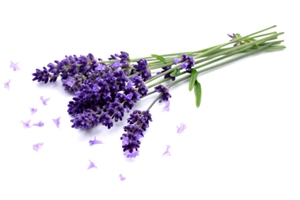
Despite its ubiquitous presence in various scented cosmetics, the calming and soothing properties of lavender or
Lavandula officinalis are often taken for granted. Considering these qualities, the use of lavender in curing insomnia cannot be questioned.
Sleeplessness apart, a whiff of lavender will rid you of headaches and weariness. Its sweet, aromatic scent alleviates stress and tension, relaxing the mind.
Piñon Resin
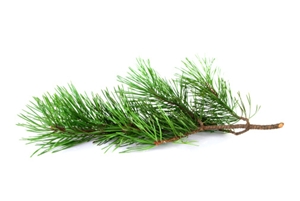
The piñon (pinyon) or
Pinus edulis tree from which the resin is obtained, belongs to the pine family. It is surprisingly found in the blazing climes of southwest America instead of the more conducive north. Its dense smoke takes some time getting used to, but the base fragrance being floral, it ends up relaxing you.
Piñon incense corrects the energy imbalance and imbibes mental strength. This rejuvenating fragrance leads you into a deeper meditative state and harmonizes your soul.
Frankincense Resin
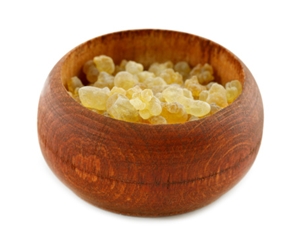
This is a widely used herb in prayers by cultures across the world.
Boswellia carterii is the botanical term used for the tree from which frankincense is mostly derived. Frankincense, along with myrrh is also remembered as one of the three gifts given to the infant Jesus by the Magi. It is grown in the arid region of North Africa, and its early use dates back to the era of the Egyptian civilization.
With a fruity, pine-lemony fragrance, frankincense does wonders to comfort a disturbed soul. Its clean, citrus aroma with woody undertones helps the mind to focus, thus aiding the meditative state. It helps ease out depression and makes you perceptive.
Myrrh Resin
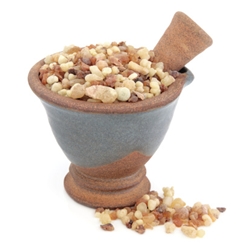
The piñon (pinyon) or
Pinus edulis tree from which the resin is obtained, belongs to the pine family. It is surprisingly found in the blazing climes of southwest America instead of the more A thorny shrub grown in the Middle East, East Africa and India, the
Commiphora myrrha or the common myrrh tree was understood to contain divine properties. The resin derived from this tree has a sweet, balsamic fragrance. However, it produces a lot of smoke while burning. Its earthy, piney scent evokes tranquility and purifies the surroundings.
The use of myrrh is said to bring about a positive transformation, building strength and confidence.
Copal Gold Resin
Copal Gold Resin is obtained from a rare native South American plant,
Bursera microphylla, and was widely used as an incense by the Mayans. Copal resin has a distinct shade of gold, which explains the name. It has a soft, gentle and warming fragrance. Its cleansing properties make it an indispensable ingredient used during smudging. It supports mental and spiritual efforts and stimulates the mind. The fragrance of this ingredient is strikingly similar to frankincense, causing it to be often referred to as the American frankincense. Originally grown in South America, it is now cultivated elsewhere as well.
You would need to possess smudging apparatus to conduct smudging in the traditional Native American way. In the ancient times, the natives used to burn herbs in a fireproof vessel, and a feather was used to fan the mixture. However, uncomplicated methods that do not ruffle the feathers of the orthodox belief, do exist now. The simplification of smudging has been recent though; however, the introduction of smudge sticks has made this process easy and effective. Having read about the significance of each ingredient, I am sure that you are ready to explore this ancient tradition and gain benefits from it.






 The practice of smudging takes us centuries back into Native American history. The hypothesis states that the purpose was to purge the area of all negativity, as the smoke was known to repulse negative energy and spirits. The negative energy would cling to the smoke, leaving behind a sanctified surrounding. As the smoke cleared, it took the negative energy along, disposing it higher so that it got converted to positive energy.
The practice of smudging takes us centuries back into Native American history. The hypothesis states that the purpose was to purge the area of all negativity, as the smoke was known to repulse negative energy and spirits. The negative energy would cling to the smoke, leaving behind a sanctified surrounding. As the smoke cleared, it took the negative energy along, disposing it higher so that it got converted to positive energy.




